global machining hubs—from aerospace and automotive to medical and energy—manufacturers are pushing for higher efficiency, durability, and precision. This white paper shows how alumina‑based ceramic cutting tools unlock high‑speed, low‑wear performance on today’s toughest materials.
💡 Discover How High Purity Alumina Drives Innovation In Ceramic Cutting Tools ?
In the quest for speed and flawless finishes, traditional tools hit limits. Alumina‑based ceramics step in with exceptional hardness, wear resistance, and thermal stability, enabling reliable cutting at high speeds and in dry conditions. Behind every top‑performing insert is material science—and that’s where Baikowski® comes in, with High Purity Alumina Baikalox® powders tailored for advanced cutting applications and technical ceramics.
📘 What will you Learn from This White Paper?
- ✅ Performance Advantages of Ceramic Cutting Tools — How high hardness, low chemical affinity, and thermal stability translate into faster cutting, longer tool life, and lower total cost.
- ✅ Main Machining Applications — High‑speed machining, dry cutting, hard/heavy turning, milling & drilling, profiling/grooving, parting & finishing.
- ✅ Material Classes — From alumina & cemented oxide tools to coated, functionally graded, self‑lubricating, and whisker‑reinforced ceramics—when to use which, and why.
- ✅ Key & Customizable Properties — Why purity, PSD, morphology, SSA, densification behavior and alpha‑phase content matter for toughness, wear resistance, and thermal shock.
- ✅ Baikowski® Optimized Alumina Offering — Tailored Baikalox® powders (e.g., HP DBM, PB 8DBM, SM8) and ZTA options; when to consider MgO or third‑phase additions to refine grains and boost toughness.
Quick technical snapshot — Cutting tools
| Material | Typical spec | Available forms |
|---|---|---|
| HP DBM (Al2O3) | Submicron PSD; SSA ~8 m²/g | Powder |
| PB 8DBM (Al2O3) | Submicron PSD; SSA ~8 m²/g | Powder |
| SM8 (Al2O3) | d50 ~0.12 µm; SSA ~10 m²/g | Powder |
| ZTA route (Al2O3 + stabilized ZrO2) | Tailored ZrO2 content | Ready-to-press, spray-dried, slurry |
For Full ranges and data, explore the white paper.
📌 FAQ
How do I choose between HP DBM, PB 8DBM, and SM8?
HP DBM: fine/reactive alumina for dense, fine-grain tools.
PB 8DBM: controlled PSD; stable densification .
SM8: very fine alumina for ultra-fine microstructures.
Why add MgO to alumina?
MgO helps inhibit grain growth, improves hardness/toughness, speeds densification, and reduces porosity—supporting consistent tool performance.
When to consider a ZTA route (Al2O3 + stabilized ZrO2)?
When toughness and edge-chipping resistance are critical. ZTA boosts thermal-shock tolerance and enables ultra-fine, homogeneous microstructures.
👩⚕️ Who Is This For?
This white paper is designed for:
- Process engineers & tool designers seeking higher speed & lower wear
- R&D & materials teams optimizing ceramic inserts & composites
- Machining specialists targeting defect‑free surfaces at scale
- Those who work in sectors such as aerospace, automotive, and medical to discover how materials expertise transforms performance in milling, machining, drilling, and beyond
🔍 Why Download our Alumina-based Solutions for Ceramic Cutting Tools White Paper?
- See what’s possible with alumina‑based cutting tools across demanding, high‑temperature, high‑load conditions.
- Understand the levers—purity, particle size, morphology, SSA, densification—that drive edge integrity, tool life, and finish quality.
- Explore customization paths,so you can align powder specs with process speed and reliability.
Discover all our White Papers

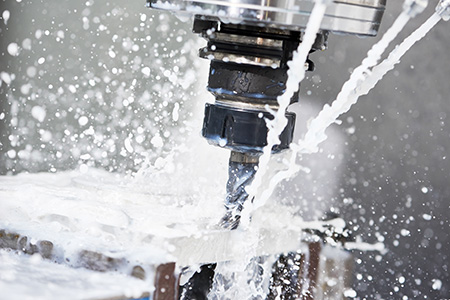
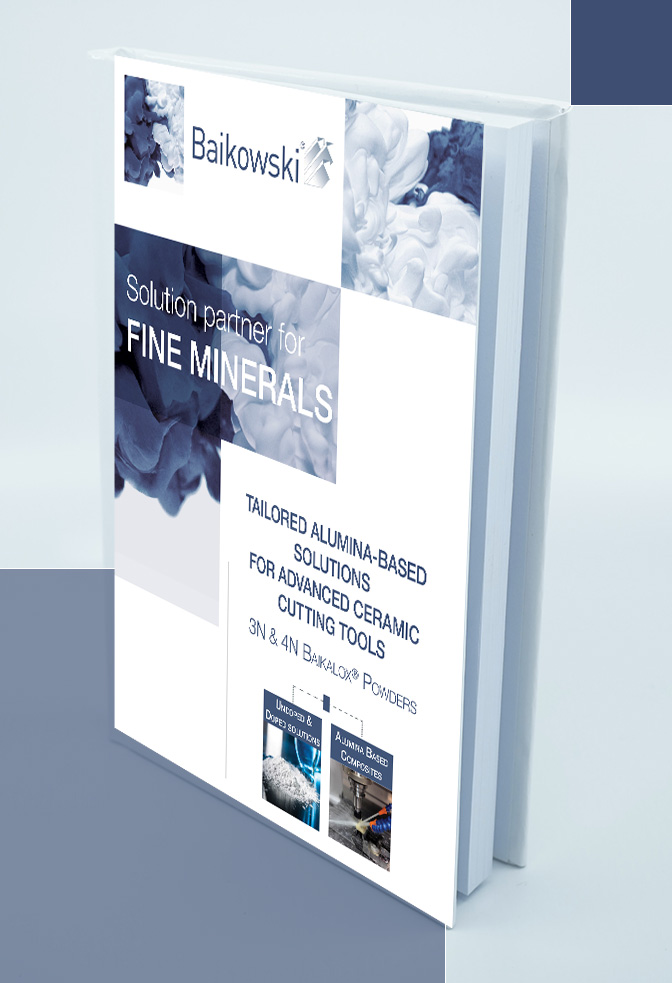
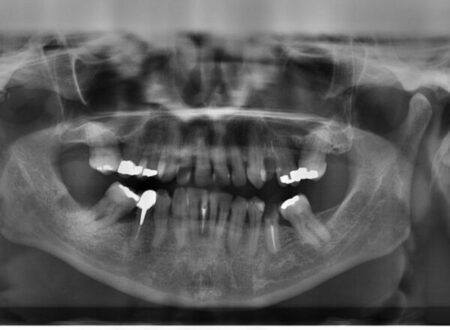
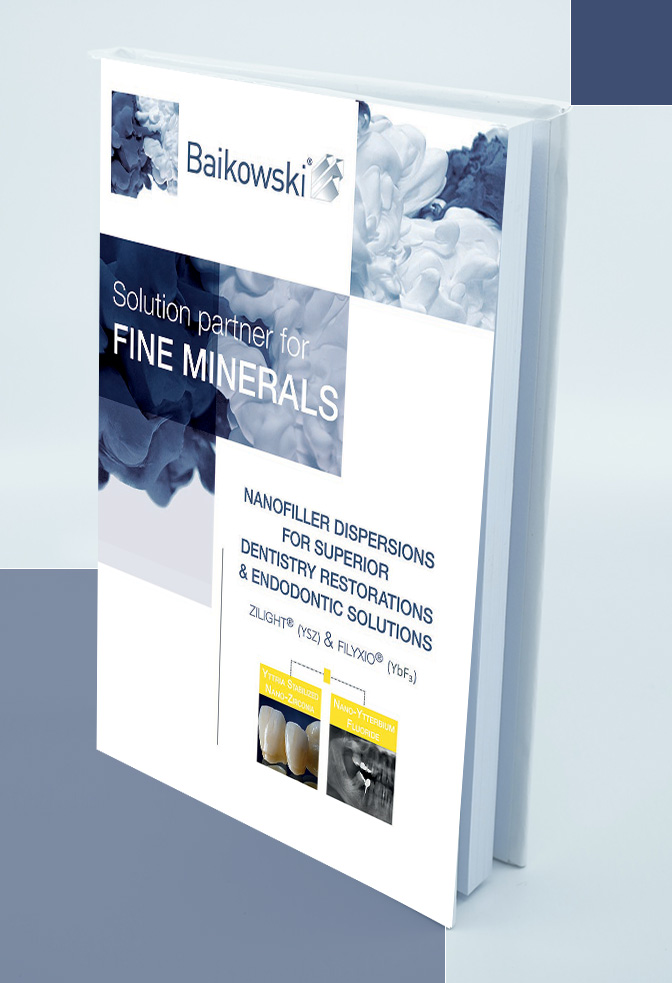
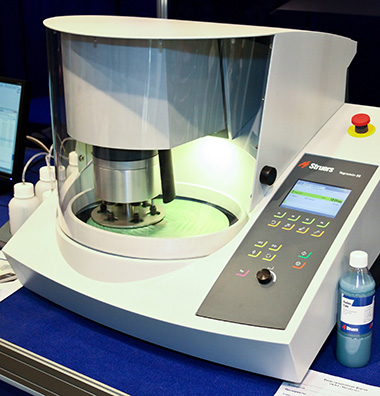
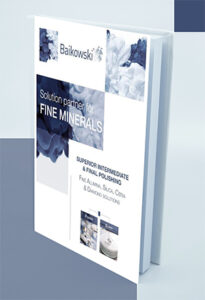 📘 What Will You Learn From This White Paper?
📘 What Will You Learn From This White Paper?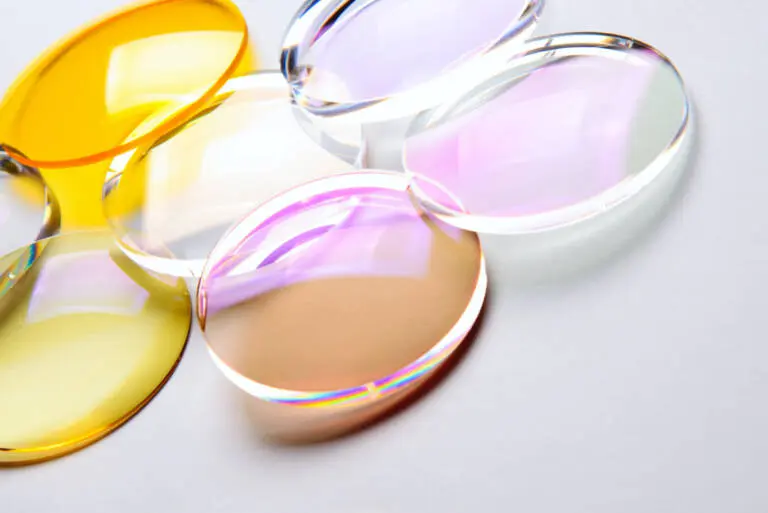

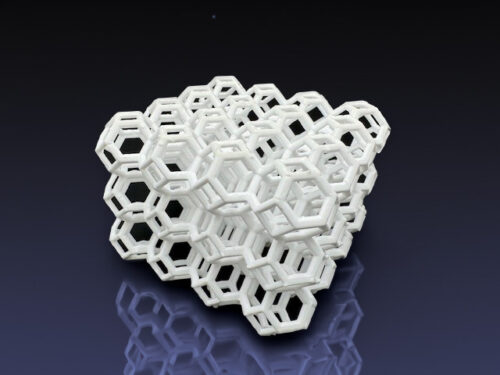
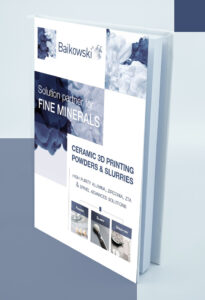
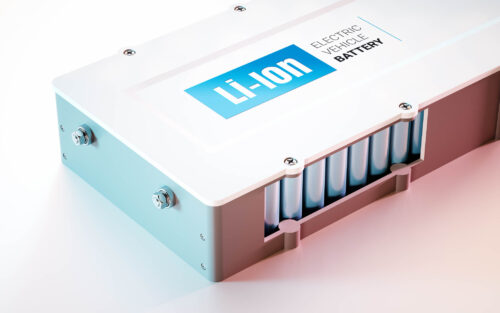
 📘 What You’ll Learn in This White Paper
📘 What You’ll Learn in This White Paper
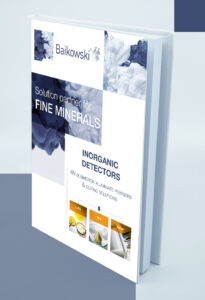

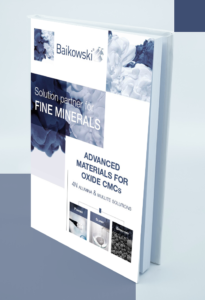 📘 What will you Learn from this White Paper?
📘 What will you Learn from this White Paper?